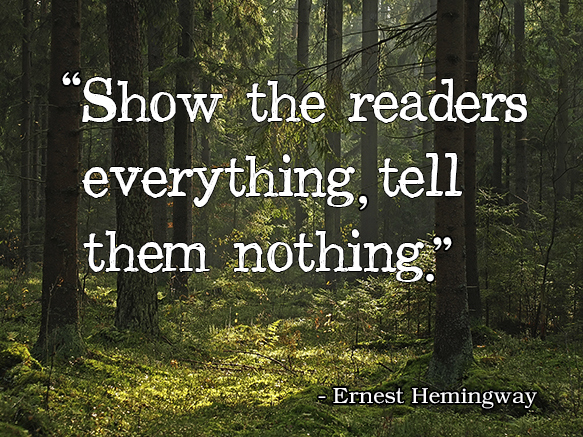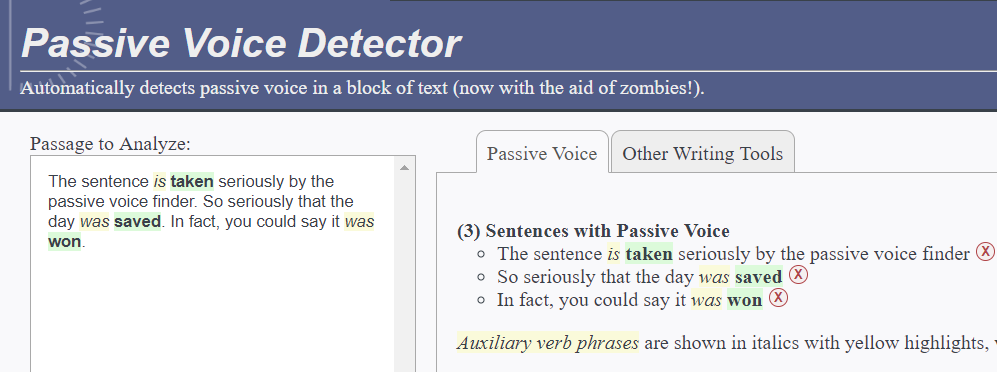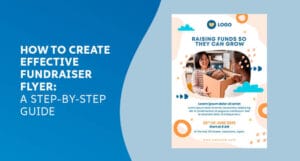16 Steps to Writing Creative Direct Mail Ads
Before printing your next direct mail ad, use this writing guideline to make sure your ad is carefully personalized for your target audience and marketing goals.
Starting points:
First, identify your audience. Look at your product and identify your ideal customer, why do they need your product? Your ad copy will vary greatly depending on your intended audience. Are they beginners or seasoned professionals in your industry? Tech savvy, or technologically challenged? Who’s your reader?
Know your specific goal. What do you hope to achieve? To simply raise awareness or to prompt someone to order, visit your website for more information, engage with your brand on the social page, etc. Set beside your monetary goal interest goals: to prompt them to request a demo, contact a salesperson, join a subscription list, or look for a physical store/location. With a monetary goal alone, it’s tough to make a dent in sales.
Next, begin with a headline. Write at least one initial idea for your title, that will help you deliver in the end what you promise in your headline. A good headline will give you the edge of convincing your recipient to read and respond promptly to your copy ad. Bring a benefit in your headline and go straight. Don’t play with words and don’t make subtle jokes, not in the title!

You can start your body text with a question. A powerful question can engage the reader to continue reading to learn more and find out the answer. Ask questions that prompt your reader to give the answer you want. “Would you like to do all your chores in less time?” – is a good question! Read more about asking questions in your copy.
Unless you write a research academic paper, you should write for an eighth-grade reading level, that’s in plain English. Use easy to understand words instead of impressive sounding words. Break your copy into short sentences and substitute complex words with simpler ones. Write to express, not to impress. Your ad should be understood after just one reading so the action can follow. Keep it simple, short and clear.

Although your direct mail shouldn’t be optimized for search engines, use the same keyword that you use for all your digital marketing channels: landing page, Google ads or Facebook ads. Work with a Keyword Tool Planner to identify the most relevant keywords to your business offering. Select more specific keywords that directly relate to your ad’s theme if you want to target highly interested prospects. Or select broader keywords if you want to reach as many people as possible. That will help you to rank higher on your digital channels and also to fit tightly on a precise search intention.
Show don’t tell. Allow your reader to experience the story through action, thoughts, and senses, rather than description. Give small details so that when your readers close their eyes, they can get the picture, rather than just reading about how good your product is. Communicate this way how the product or service fits into their lives or makes them better. Also, write your message as if you were talking directly to a person, having a conversation. A copy written in a personal manner feels more comfortable and create an emotional connection.

Include benefits in your direct mail copy. Also, your headline should embrace a benefit. Describe your other benefits in your subheadings. Place them at the beginning of the sentences/paragraphs. “Save valuable time… “, “Play in a secure environment…” “Will make you look slimmer”. Tell them how your product will improve their lives and you’ll have a high-converting ad copy.
Use active voice whenever is possible. Avoid passive voice because it makes unclear who or what is doing the action and confuse the reader. Check for Passive Voice throughout your text and rewrite the sentences written with the use of it. In a sentence written in active voice, the subject performs the actions. Help yourself with the Online Passive Voice Detectors.

Highlight important ideas. Increase readability and make information easy to scan highlighting the key ideas or the takeaways you want your reader to remember. Consider using contrasts and different colors, boldface or italics.
Add Visual Support. Insert a visual element like a photo or a graphic to embody the key idea of your ad. Make sure the image has the right size and resolution. Images should be 300 dpi (dots per inch) at the final size in the layout. The images that include text should be 400 dpi at the final size in the layout. Avoid image copyright infringement. Get permission or a license to use the image or use public domains free photo stocks:
- Unsplash
- Pixels
- Flickr creative commons tagged images
Insert your logo to communicate ownership and the company’s core values. Add also your business name and other relevant information about what your business does and how you intend to help your customers.
Read Related Articles:
End with a compelling call-to-action. Inspire your readers with a positive message to try something new, to do something they’ve always wanted, or to take the risk for a bigger chance. Use powerful words and trigger emotional hot buttons. Your campaign will be widely improved with the use of emotions.
In order to create traction, you need a specific enough call to action, like clear steps what to do next to take advantage of your special offer. Reiterate your offer and the major benefits of your product/service as the last reminder of what they’re getting in exchange for their efforts. Give them the exact reason why they should visit or call you. Demand immediate response and tell them when your offer expires.
Include complete contact information. The more options that a prospect has to respond to your offer the better. Include email, fax and website information as well as your address and phone number.
Use advanced correction software that can help you improve the quality of your writing.



